A group of researchers in Europe have announced a 3-year project to collect information about the important smells of Europe, from the 1500s to the early 1900s. One part of the project will be recreating the scents (smells) of long ago.
The project is called “Odeuropa”, and it involves scientists and experts from a wide range of areas, including history, art, language, chemistry, and computer technology. The European Union has given Odeuropa $3.3 million to spend over the next three years, researching smells and trying to recreate them.
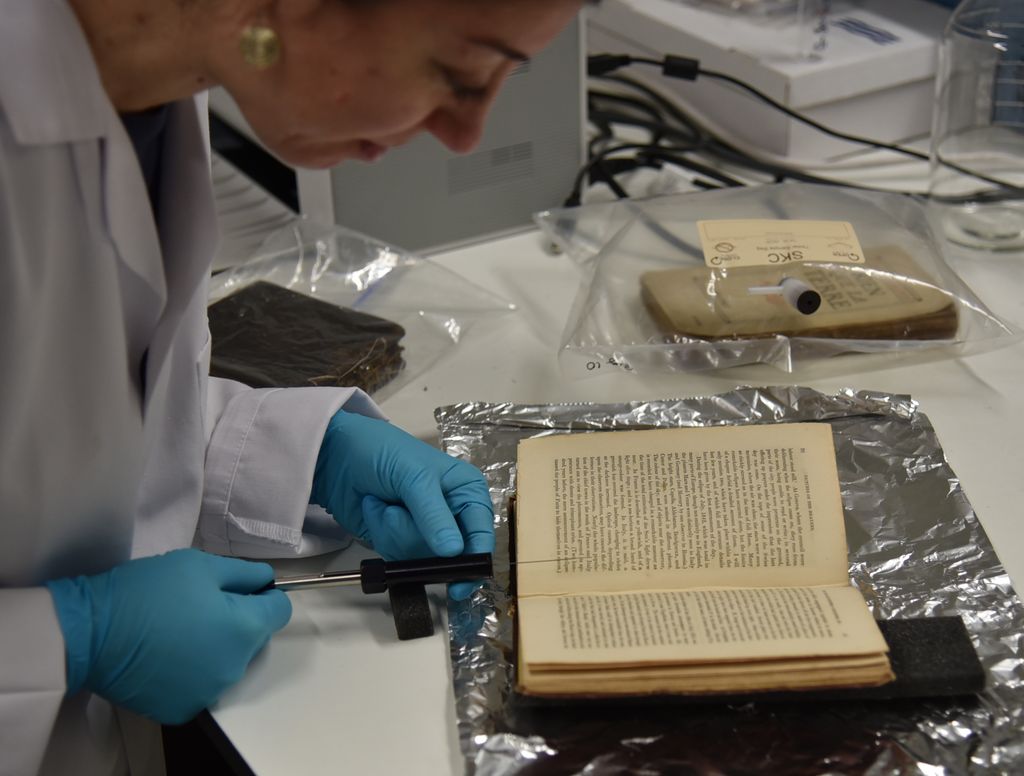
(Source: ©HMaghoub.)
The people behind the project believe that smell is an important part of history, but one that is often overlooked. Through pictures, photos, videos, and audio recordings we have records of how things looked and sounded. But we don’t have records of how they smelled.
And yet smell is an important sense. As the project’s website says, “Much more so than any other sense, our sense of smell is linked directly to our emotions and our memories.”
The project isn’t just collecting information about pleasant scents, but about all scents, good and bad. This includes smells such as incense or spices, but also things like burning tar or animal poop.
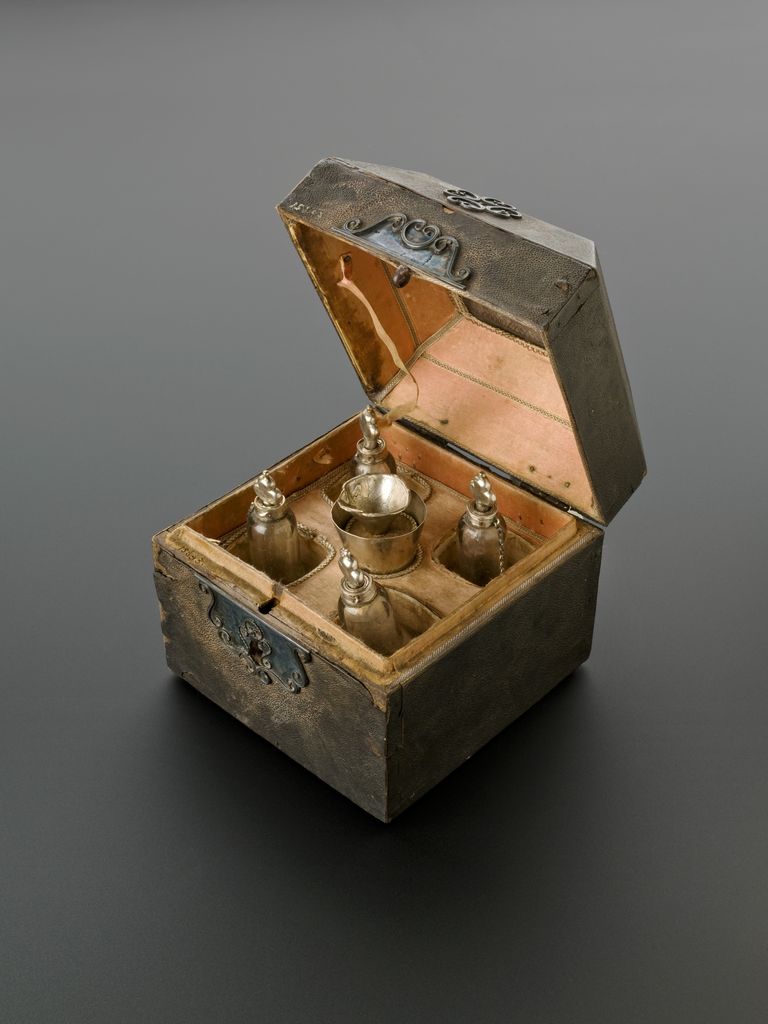
(Source: ©Science Museum, London. [(CC BY 4.0)].)
At different times in history, different smells have been more common. Long ago, the smell of tobacco was unknown in Europe. Then it became common. In the 1800s, coal smoke was everywhere. These days, it’s more common to smell other kinds of air pollution.
For the first year and a half, the project will focus on collecting information about European smells going back to the 1500s. The group plans to create digital versions of historical books in seven different languages. They will also scan old paintings.
The scanned information will be used to train an artificial intelligence system to look for anything related to smells. Once the system is trained, it should be able to automatically collect information on the smells of all sorts of things.
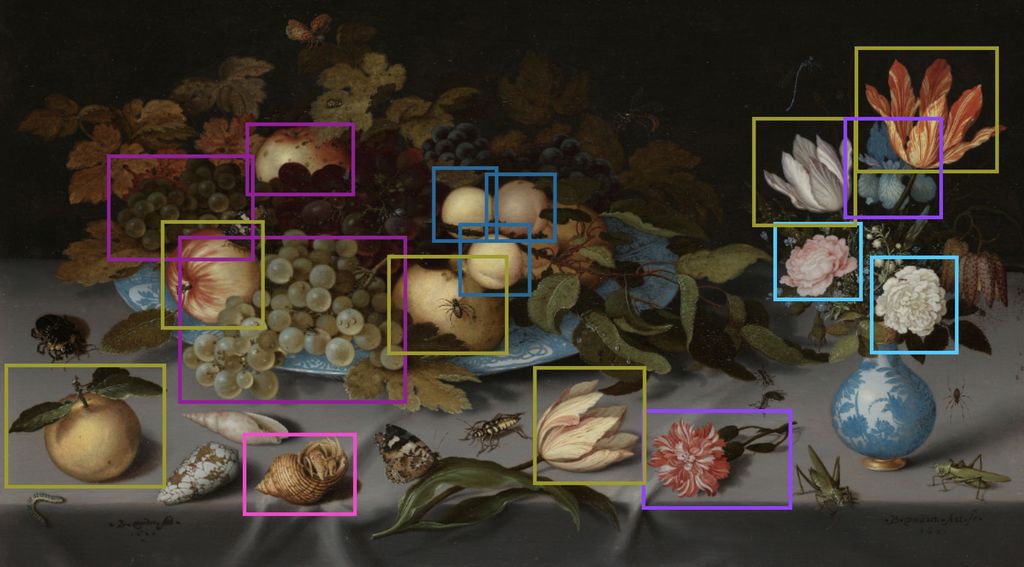
(Source: Amsterdam Rijksmuseum, Digital Humanities, FAU Erlangen-Nürnberg.)
These smell descriptions will become part of an online encyclopedia which will show how the collection of smells around us have changed over time. This encyclopedia will include information on the places and events connected with the smells, and the stories behind them.
The final part of the project is even more complicated. The team will work with chemists and people who make perfume to try to recreate smells that aren’t around anymore.
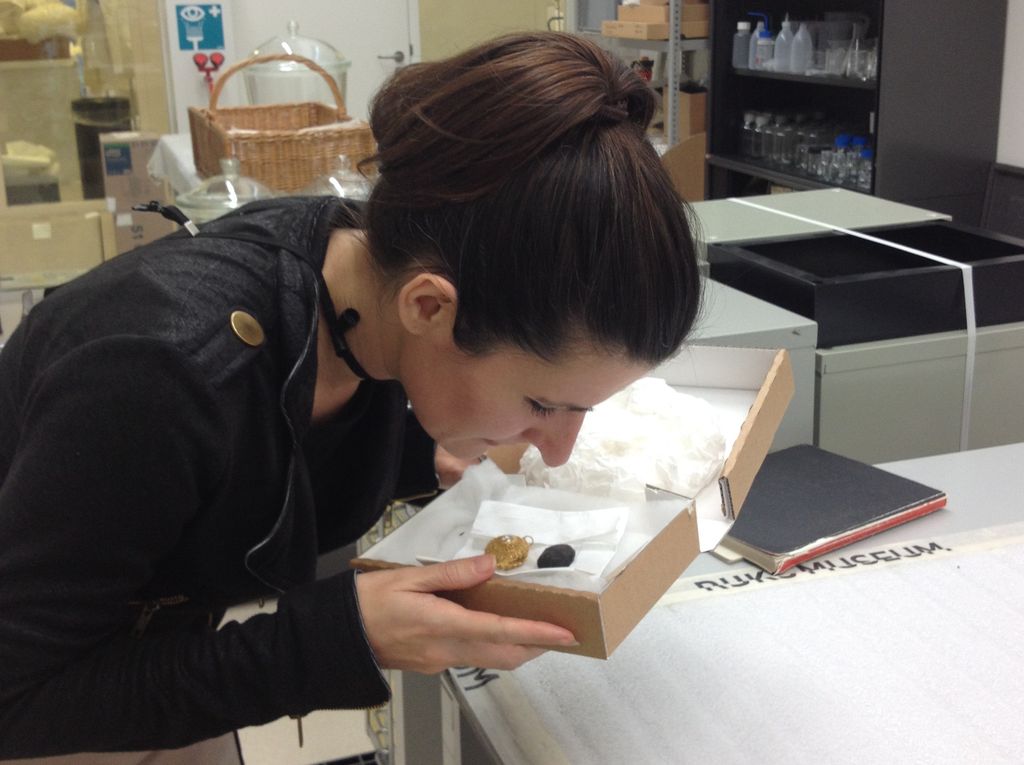
(Source: ©CaroVerbeek.)
The team hopes to recreate about 120 different scents. Odeuropa will then offer the smells to museums across Europe.
One of the project’s goals is to help museums do a better job of using smells in their exhibits. Using smells is one way for museums to help include people who have lost other senses, such as sight or hearing.
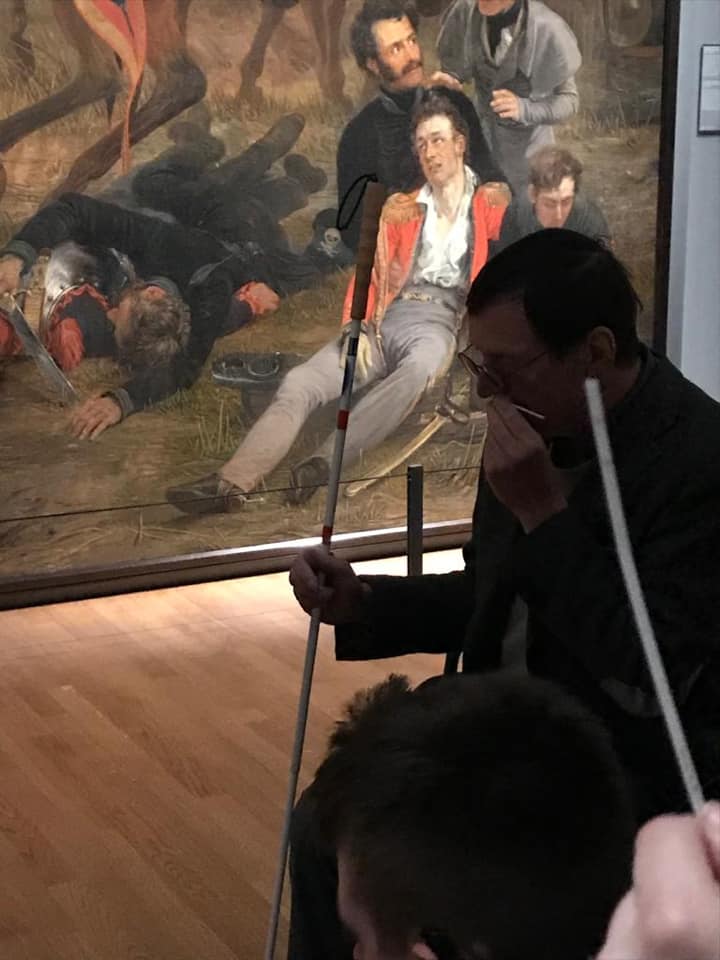
(Source: ©CaroVerbeek.)
Members of the Odeuropa team point out that the coronavirus has reminded many people of the importance of smell.
One sign that a person may have the coronavirus is the loss of taste and smell. Once people lose the sense, they realize how much they miss it. Luckily, in most cases it seems to come back.
